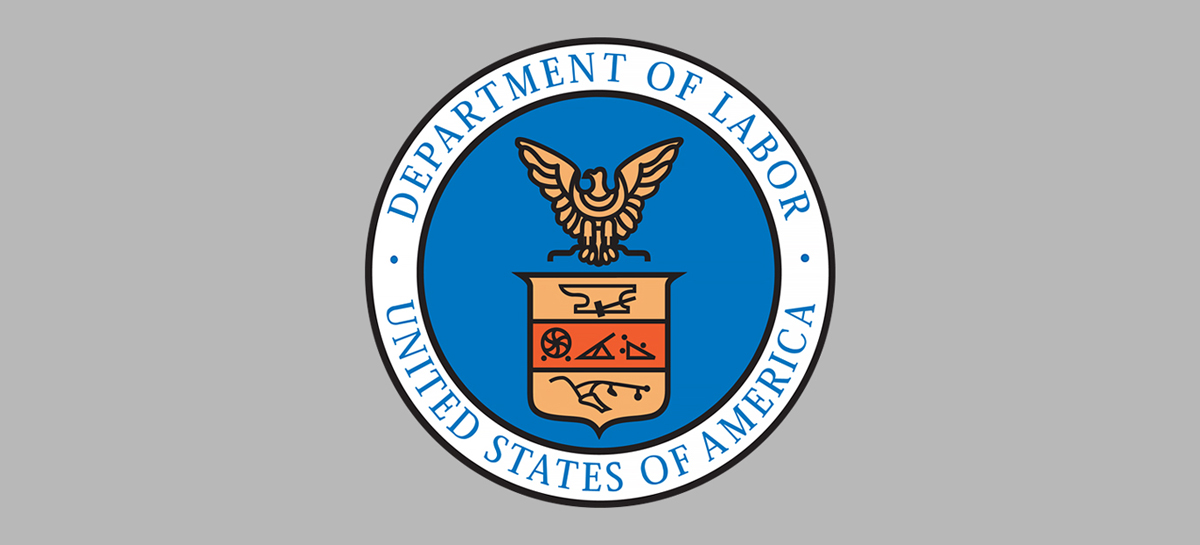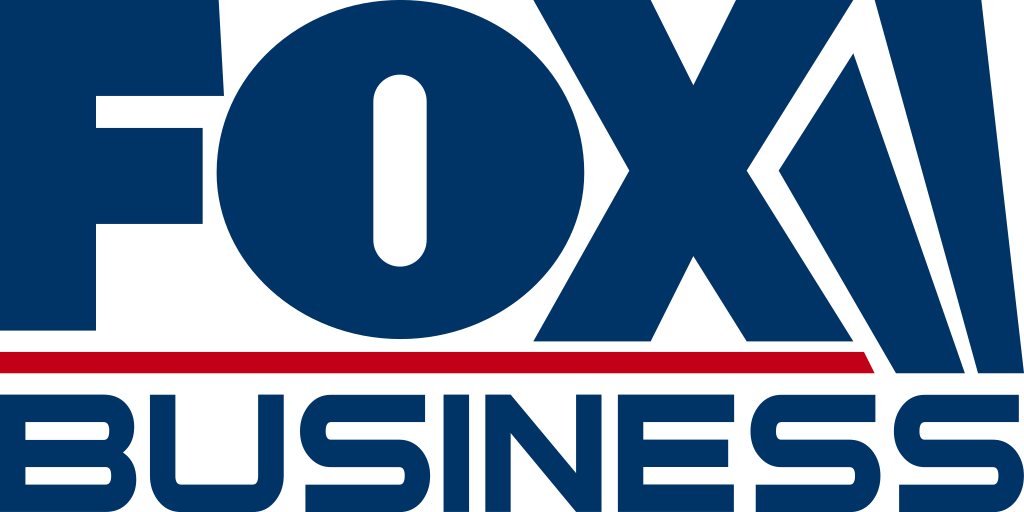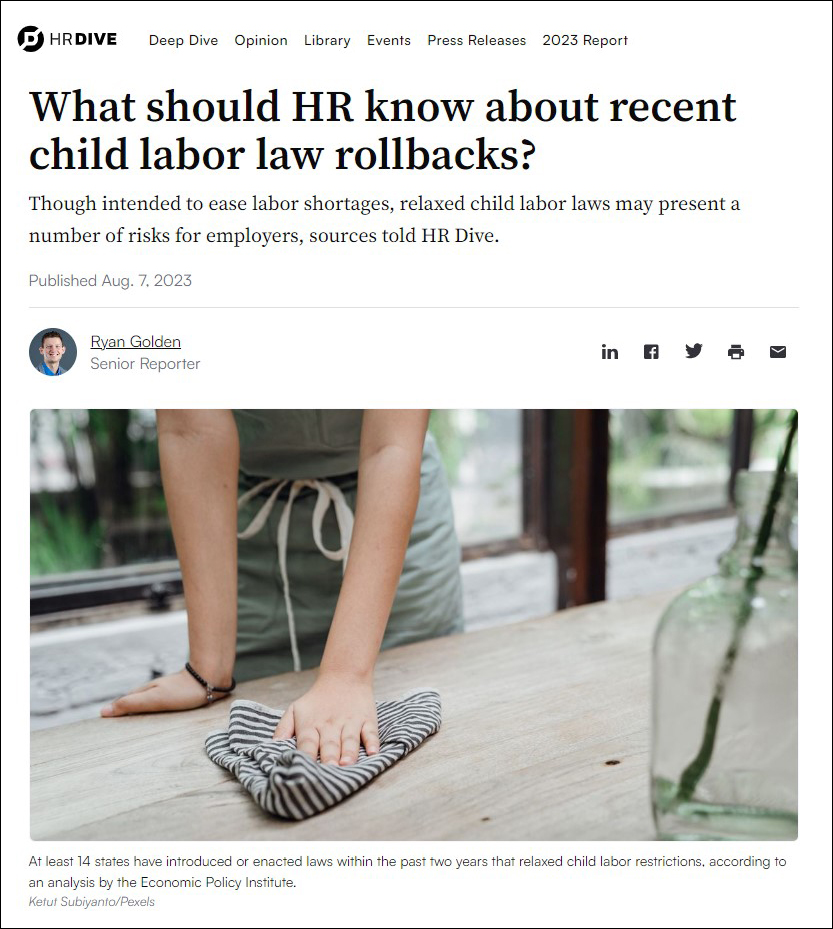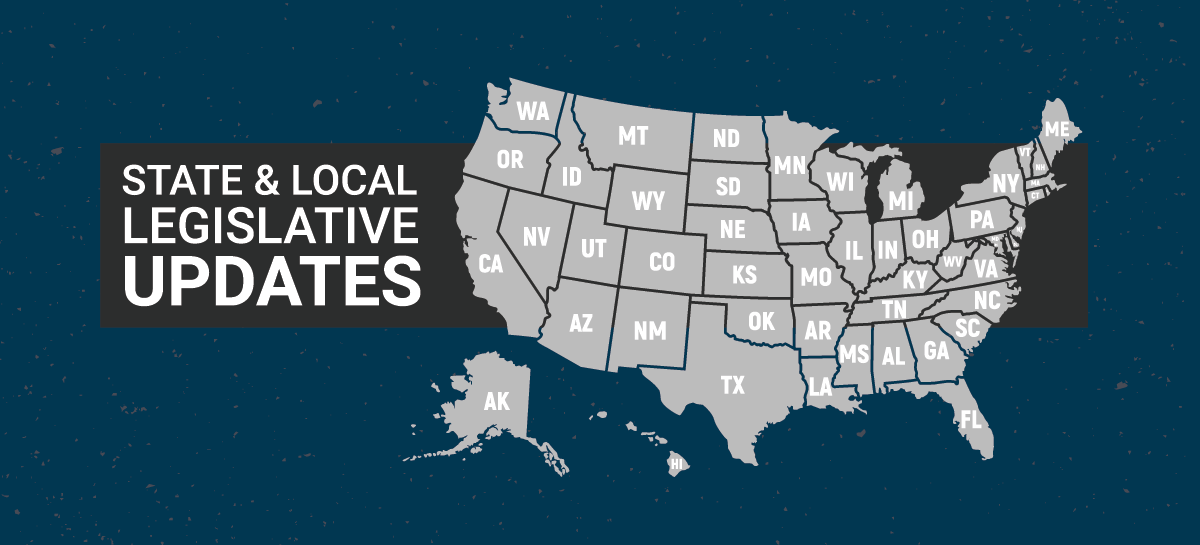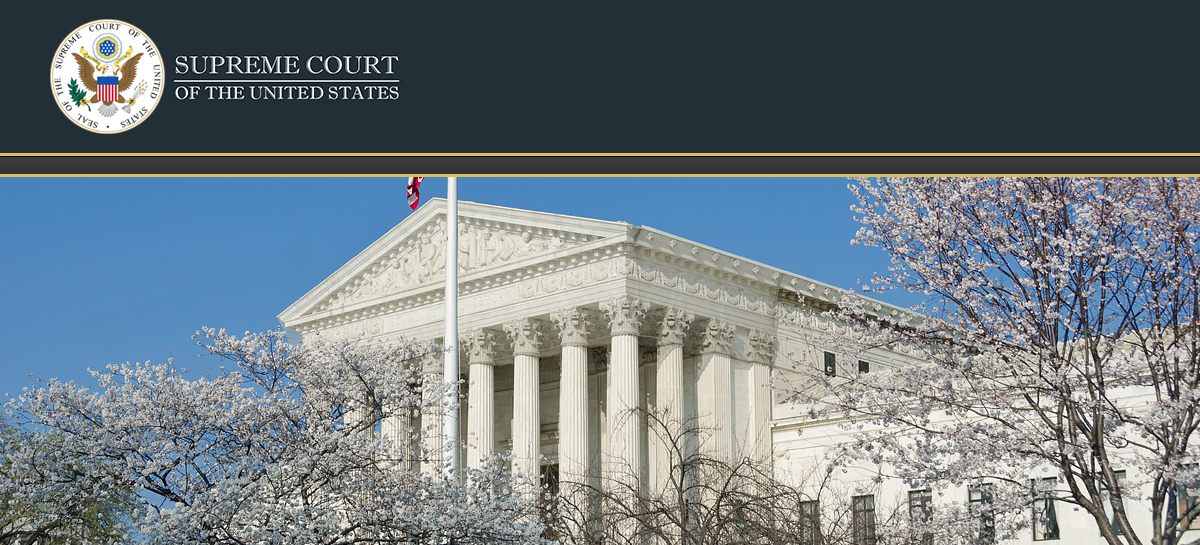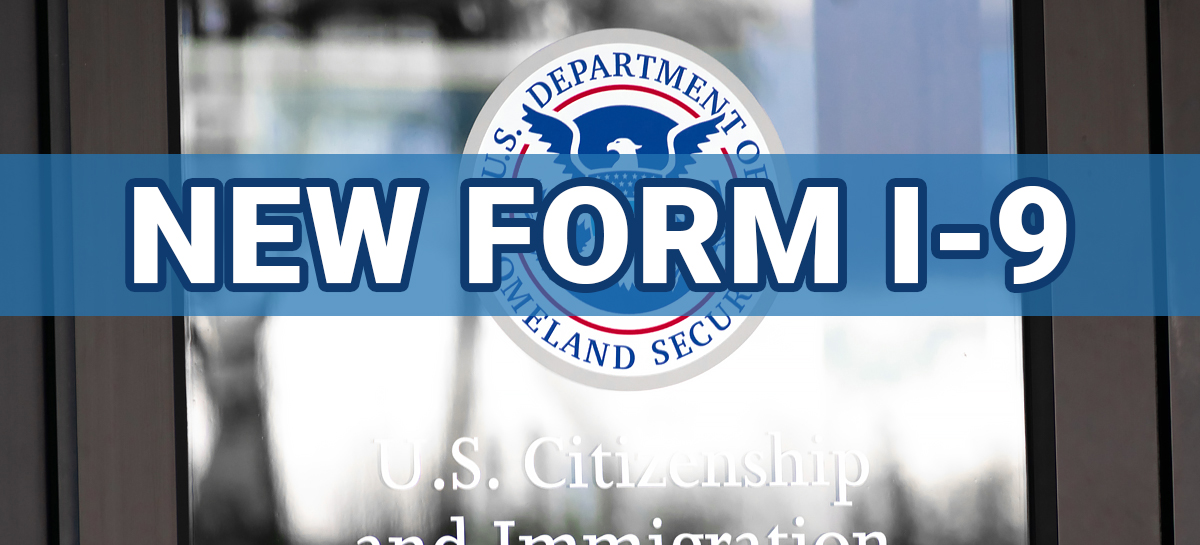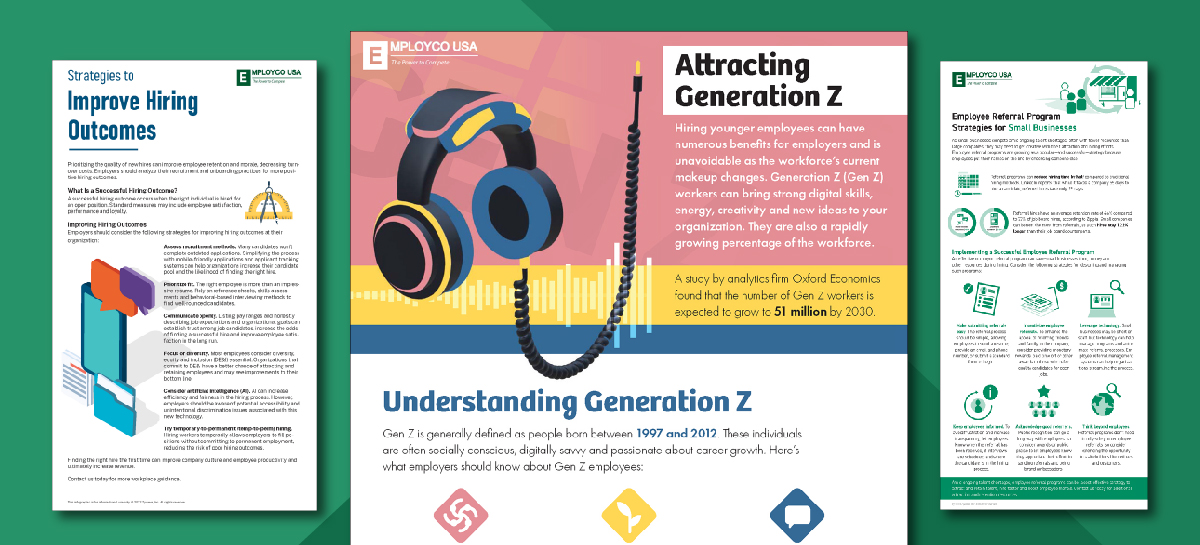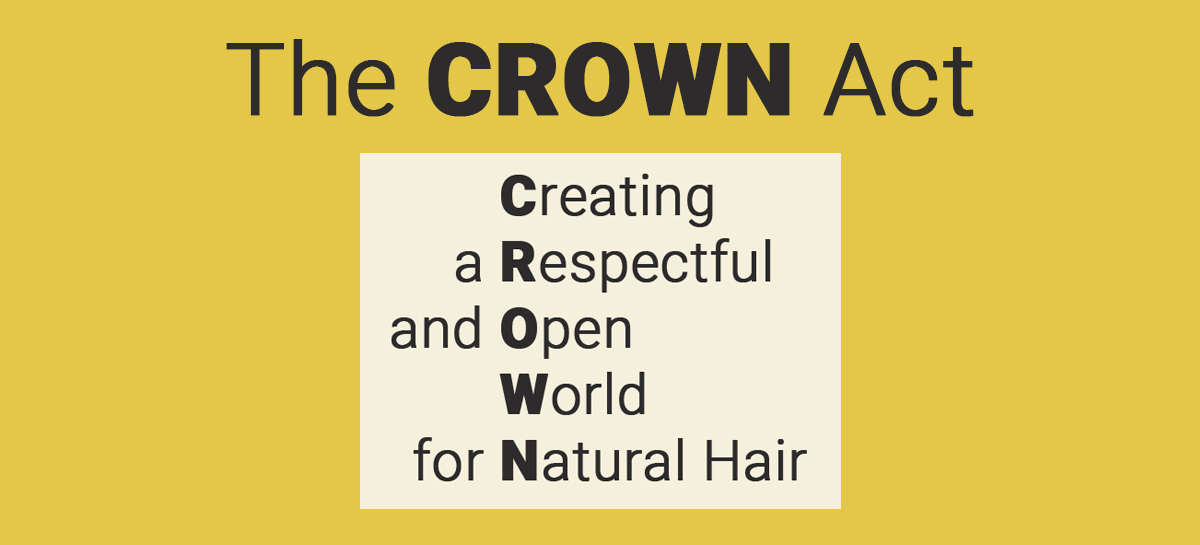
CROWN acts prohibit discrimination based on an individual’s hair texture and style associated with a protected class, such as race. CROWN stands for “Creating a Respectful and Open World for Natural Hair.” Hair discrimination tends to disproportionately impact Black individuals, especially women, who wear hairstyles such as braids, twists, locs, Bantu knots, afros, and other hairstyles. CROWN Acts aim to prevent individuals from being subjected to discrimination by unfair workplace dress codes and grooming policies due to their hair texture or style.
Since 2019, many states (California, Colorado, Illinois, New York, etc.) and localities have enacted a CROWN Act, and more are likely to do so in the near future. Therefore, it’s essential that employers, especially those operating in states and localities with these laws, understand CROWN laws and their impact on their organizations and workforce.
Continue reading
